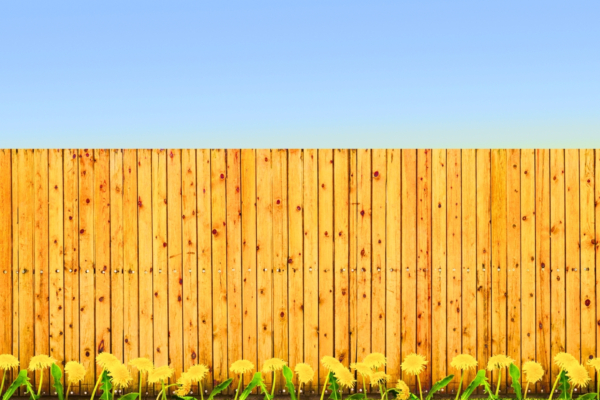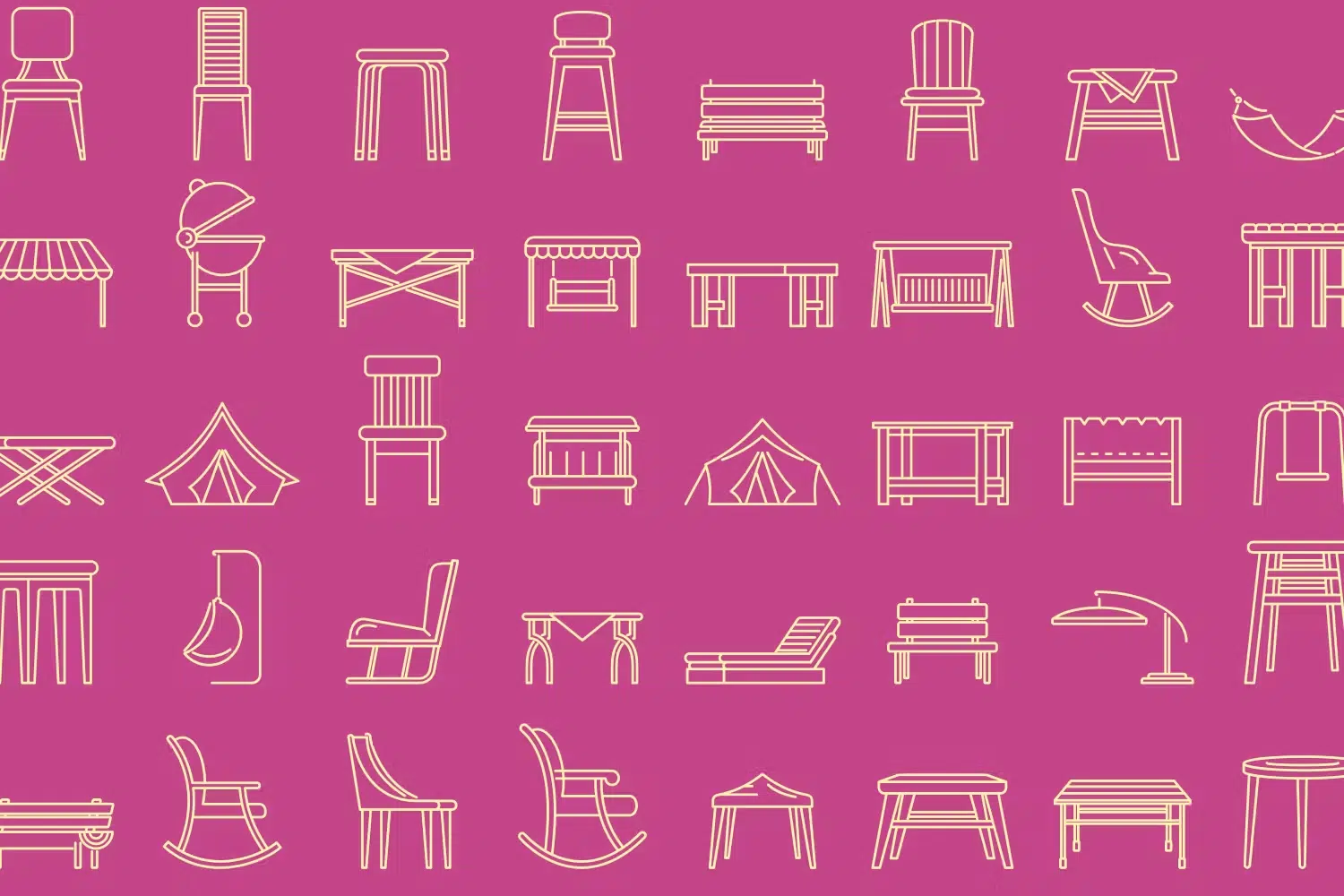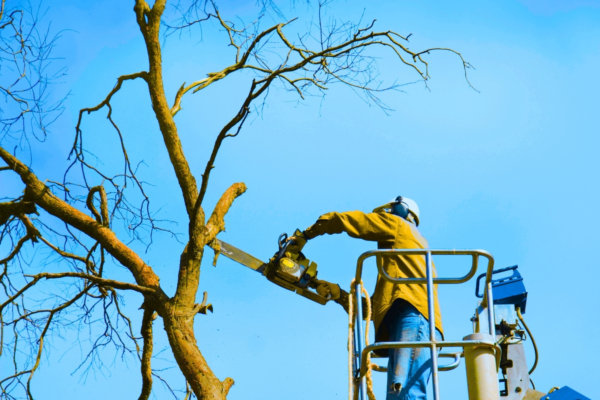
7 Tips for Ideal Outdoor Furniture

As outdoor living spaces are becoming more and more popular, a lot of homeowners are creating spaces to relax and entertain outdoors with friends and family. With Texas weather, you can likely enjoy your backyard renovations all year round. That’s why it is important to put as much thought into outdoor living spaces as you would with indoor living spaces. Here are some tips for creating a functional and beautiful outdoor living space.
Make a Plan
Before you even start planning the layout of your outdoor living space, a little reflection is in order. Think about what the space will be used for and ask yourself these questions:
- Do you plan to host events, like dinner parties or barbecues?
- If so, how many guests do you typically entertain?
- Does your yard need to be pet-friendly?
- What about kid-friendly?
- Are you looking for a place to relax and unwind?
The answers to these questions will play a large role in determining what you need to make the outdoor living space of your dreams.
Be Thoughtful About Seating
A key component of outdoor living spaces is outdoor furniture. One of the most important types of outdoor furniture is seating. Choose seating that is comfortable, durable, and of optimal height and depth. If you are planning to use seating for outdoor dining, ensure that the chairs can push right up to the table without armrests getting in the way. You may also want to purchase a set of additional chairs that can be stacked, folded, and stored, and pulled out for use as necessary.
Consider Nature
When planning out your outdoor living space, you must consider how nature will interplay with the space. First, consider sun exposure. The direction that your outdoor space faces can define its functionality. Do you want to use your outdoor areas mostly for sunbathing, or do you want to designate a specific area for sunbathing while keeping most furniture in a shadier spot? Depending on the level of exposure the space gets, you may need to make accommodations for comfort with additions like umbrellas, pergolas, and trees.
Also consider wind patterns, including the prevailing wind direction and time of day. A spot in your backyard that gets a lot of breeze is a great place to put deck chairs or other seating, but it may not be a great place for a fire pit.
Create Thoughtful Ambience
You want your outdoor living space to be thoughtfully planned out to create a relaxing experience, just as you would with any indoor living space. There are many elements you can include to add to the ambience.
Consider adding a water feature to the space. You could add a fountain or waterfall, but even a small trickle of water will have a calming effect. If your outdoor space is near a source of water like a lake or a stream, plan your space to take advantage of what nature has provided.
Adding a fire element creates a cozy environment and extends your entertainment season. In cooler months, having a fire pit will allow you to stay outside and continue to enjoy the atmosphere without getting too cold. Be sure to place comfortable chairs around the fire pit and have room to store things like blankets and supplies for roasting marshmallows or hot dogs.
And of course, you should consider lighting. Lighting is necessary to provide safety as one moves about the outdoor living space, but with a little style, you can really make the lighting contribute to the overall look and feel of the space. You can add lighting to brighten steps and pathways, or direct light towards the trees and fencing to expand the space and create visual interest.
Frame Outdoor Rooms
Planning your outdoor living space is not that different from interior design planning indoor living spaces. It is helpful to think of the various components of outdoor living spaces as if they are indoor spaces, placing components like ceilings, floors, and walls.
Ceilings
A “ceiling” is optional for outdoor living spaces, but it does create a more private, enclosed atmosphere. The main reason people include ceilings in outdoor living spaces is to provide a space for staying dry and cool, but ceilings can also provide purely visual interest.
Some versions of ceilings for outdoor living spaces include arbors, pergolas, canopies of shade trees, awnings, umbrellas, canopies made of lights, and canvas canopies.
Floors
Of course, all outdoor living spaces have floors by default. But you can select various types of flooring to provide smoother surfaces, protection from the elements, or visual interest.
The main consideration with selecting flooring is maintenance. You may love the look and feel of a grassy area, but may not be willing to deal with the upkeep and mowing of it. In this instance, you’d opt for something that requires little to no maintenance to enjoy. Types of flooring for outdoor living spaces include grass, mulch, outdoor patios, and decks. Don’t forget an outdoor rug for some flair!
Walls
The “walls” can be used to divide up the space into separate areas that are used for different purposes. You may want to create a wall to divide a quiet reading area from an outdoor dining area, for example. Options for walls include hedges, lattice screens, and fences, but you can also divide the space with “indoor” items, like curtains, light strings, and even vintage windows. For a seamless transition from nature into your space, try potted plants.
Making the Most of Your Outdoor Living Space
Outdoor living spaces can become just as beloved and used as indoor living spaces. Adding a porch or a patio could make your home feel bigger, airier, and more comfortable, especially if you live in a smaller space. If you can’t quite pay out of pocket for your upgrades, a home equity loan or line of credit is a great way to make sure you can add the things you want.
Try planning your backyard just like you would a room in your house, considering utility, aesthetics, and functionality to make the most of your outdoor living space. The sky is—literally—the limit!
